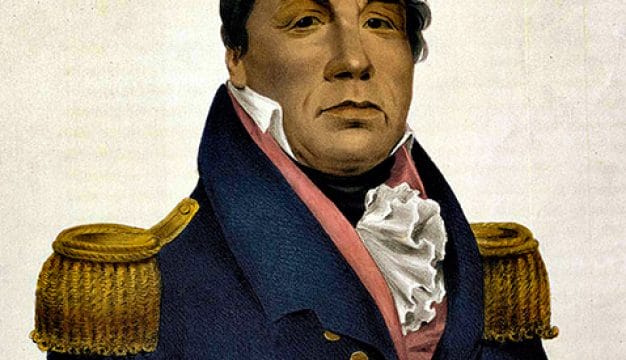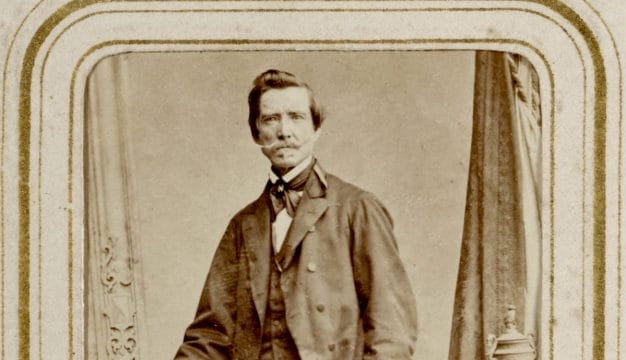Osmond Kelly Ingram
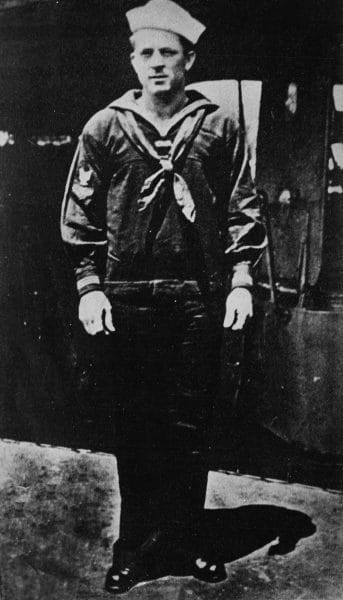 Kelly Ingram
Alabama native Osmond Kelly Ingram (1887-1917) was the first U.S. Navy enlisted man killed during World War I. Ingram died while attempting to release the depth charges aboard the USS Cassin (DD-43) before it was hit by a German torpedo on October 15, 1917. For his heroic actions, he was awarded the Congressional Medal of Honor posthumously. Ingram and Sidney E. Manning were the only native Alabamians to receive the Medal of Honor during World War I. He was also the first enlisted man to have a U.S. Navy destroyer named in his honor; Birmingham‘s Kelly Ingram Park was named for him as well.
Kelly Ingram
Alabama native Osmond Kelly Ingram (1887-1917) was the first U.S. Navy enlisted man killed during World War I. Ingram died while attempting to release the depth charges aboard the USS Cassin (DD-43) before it was hit by a German torpedo on October 15, 1917. For his heroic actions, he was awarded the Congressional Medal of Honor posthumously. Ingram and Sidney E. Manning were the only native Alabamians to receive the Medal of Honor during World War I. He was also the first enlisted man to have a U.S. Navy destroyer named in his honor; Birmingham‘s Kelly Ingram Park was named for him as well.
Ingram was born on August 4, 1887, in Oneonta, Blount County, to Naomi (Bettie) and Robert Ingram, a Methodist Episcopal preacher and Confederate Army veteran. He was one of four boys. Before his father’s death in 1897, the family moved to Pratt City, Jefferson County. On November 24, 1903, at the age of 16, and with his mother’s consent, Ingram enlisted in the U.S. Navy.
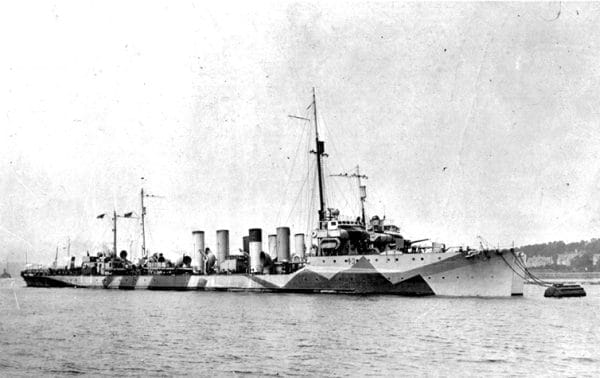 USS Cassin in Ireland
When his enlistment ended in August 1908, Ingram moved back to Pratt City and became a firefighter. In August 1913, Ingram reenlisted and was stationed aboard the Cassin, the ship he remained on following U.S. entry into the war on April 6, 1917.
USS Cassin in Ireland
When his enlistment ended in August 1908, Ingram moved back to Pratt City and became a firefighter. In August 1913, Ingram reenlisted and was stationed aboard the Cassin, the ship he remained on following U.S. entry into the war on April 6, 1917.
During the war, the U.S. Navy’s two most important roles were to halt the operations of German submarines, known as U-boats, and to protect American convoys of transport ships sailing to France and England. The Cassin was patrolling off the coast of Ireland on October 15, 1917, when it came in contact with German submarine U-61. Spotting a torpedo from the U-boat heading toward the Cassin‘s stern, or rear, where its depth charges were located, and realizing the potential damage and causalities it would inflict, Ingram tried to release the depth charges.
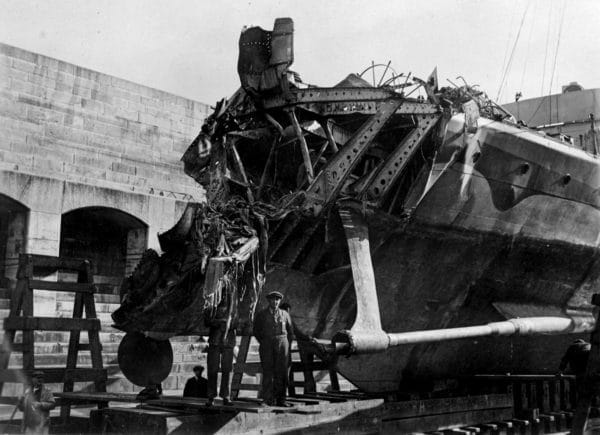 USS Cassin Torpedo Damage
He was not able to release the entire load before impact, and his was the only death in the ensuing explosion that blew off the rudder and severely damaged the vessel. His courageous deed and sacrifice prevented the ship from additional damage and saved many of his shipmates’ lives. The Cassin was repaired, returned to service in World War I, and sold for scrap in 1934.
USS Cassin Torpedo Damage
He was not able to release the entire load before impact, and his was the only death in the ensuing explosion that blew off the rudder and severely damaged the vessel. His courageous deed and sacrifice prevented the ship from additional damage and saved many of his shipmates’ lives. The Cassin was repaired, returned to service in World War I, and sold for scrap in 1934.
In January 1918, Ingram’s mother was the first recipient of funds for dependents of soldiers and sailors under the Military and Naval Insurance Act. Less than a year later, on January 11, 1919, Navy secretary Josephus Daniels informed Ingram’s mother that a new destroyer was to be named after her late son, the USS Osmond Ingram (DD-255). Ingram became the first enlisted man in the U.S. Navy to have a destroyer named in his honor. (Like the Cassin, the Ingram performed anti-submarine patrols and convoy duties during World War II. It was credited with sinking a German submarine by gunfire.)
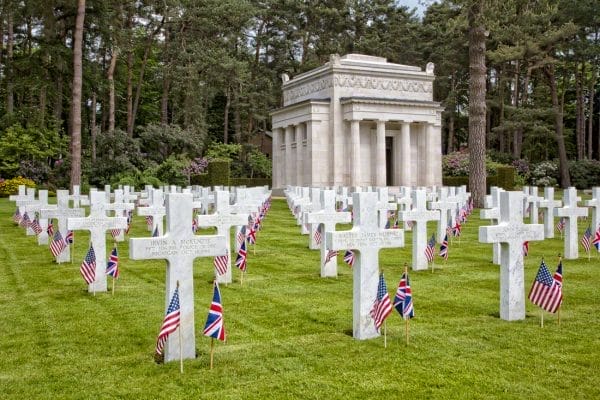 Chapel at Brookwood American Cemetery
In 1920, Daniels wrote Ingram’s mother notifying her that Ingram was to be awarded the Medal of Honor, the nation’s highest military decoration, posthumously. The citation noted Ingram’s extraordinary heroism and sacrifice in an attempt to save the ship and his shipmates.
Chapel at Brookwood American Cemetery
In 1920, Daniels wrote Ingram’s mother notifying her that Ingram was to be awarded the Medal of Honor, the nation’s highest military decoration, posthumously. The citation noted Ingram’s extraordinary heroism and sacrifice in an attempt to save the ship and his shipmates.
West End Park in Birmingham was renamed Kelly Ingram Park in 1932 and a memorial to him was placed on the park grounds. The park served as an important site for protests in 1963 during the civil rights movement. Ingram is listed on the Wall of the Missing at the American Battle Monuments Commission Brookwood American Cemetery in Surrey, England.
